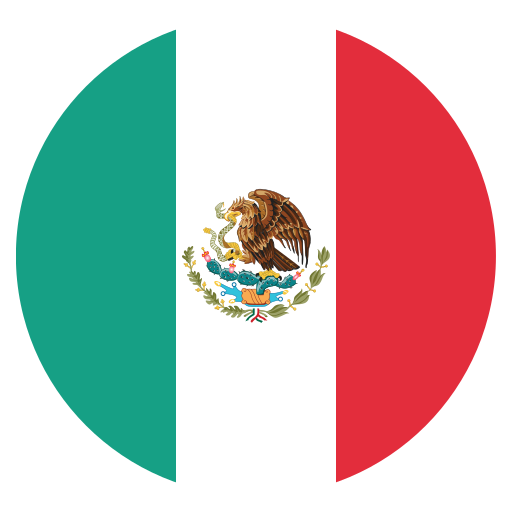Free Trade Zones play a crucial role in facilitating the exchange of goods and services between countries. For companies looking to expand their operations internationally, understanding what a Free Trade Zone is and how to interact with them is essential.
What is a Free-trade Zone?
A Free Trade Zone is a specific geographical area where participating countries agree to eliminate tariffs and trade barriers among themselves. This means that goods can move within this zone without incurring taxes or customs restrictions. These areas promote trade and investment by reducing the costs and complexity associated with international transactions.
Benefits of operating in a Free-trade Zone:
- Tariff elimination: Companies operating in a Free Trade Zone can import and export goods without paying tariffs, significantly reducing the costs associated with international trade.
- Simplified customs facilitation: To fully leverage the benefits, it is essential to have an experienced customs agency like Remar International. These agencies are experts in navigating complex customs processes, ensuring efficient flow of goods.
- Access to foreign markets: Companies can reach new markets more easily and competitively, which can drive growth and expansion.
Most important and well-known Free-trade Areas worldwide:
North American Free Trade Agreement (NAFTA, now USMCA): Includes Canada, the United States, and Mexico, facilitating trade between these three North American countries.
European Union (EU): It is an economic and political bloc composed of 27 European countries that have eliminated tariff barriers and established a common market.
European Free Trade Association (EFTA): Comprised of Iceland, Liechtenstein, Norway, and Switzerland, it promotes the free movement of goods, services, capital, and people.
Association of Southeast Asian Nations (ASEAN): An economic union that promotes free trade among the Southeast Asian countries, including Brunei, Cambodia, Indonesia, Laos, Malaysia, Myanmar, the Philippines, Singapore, Thailand, and Vietnam.
Southern Common Market (MERCOSUR): A customs union between Argentina, Brazil, Paraguay, and Uruguay that promotes the free movement of goods, services, and factors of production.
Comprehensive Economic and Trade Agreement (CETA) between Canada and the European Union: Facilitates trade and investments between Canada and EU countries.
Comprehensive and Progressive Agreement for Trans-Pacific Partnership (CPTPP): Includes Australia, Brunei, Canada, Chile, Japan, Malaysia, Mexico, New Zealand, Peru, Singapore, and Vietnam, promoting free trade in the Pacific region.
Free Trade Agreement between South Korea and the European Union (EU-KOR): Facilitates trade between South Korea and EU member countries.
It is important to note that this list is not exhaustive, and there are other Free Trade Areas and bilateral agreements worldwide, which may adjust over time by removing or adding countries to their treaties.
A Free Trade Zone is a powerful tool for companies seeking to expand their international operations. By partnering with a reliable customs agency like Remar International, companies can fully leverage the benefits offered by these zones, ensuring smooth and profitable global trade. Contact us here.
Follow us on Facebook, Instagram, Twitter for more content and information on Foreign Trade!




 52 55 5550 5059
52 55 5550 5059
